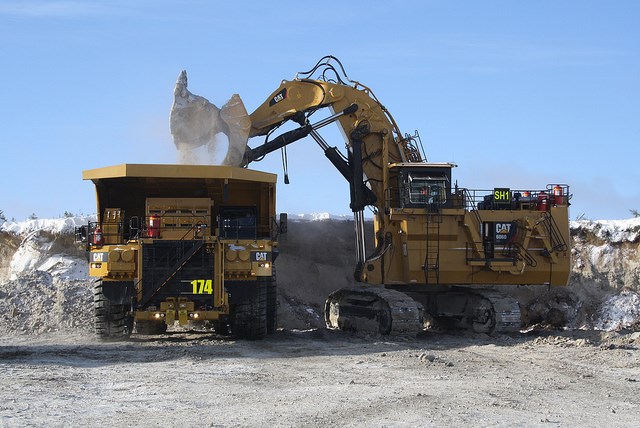A longer than anticipated federal environmental assessment (EA) process is forcing Detour Gold to revise its plans to bring a new mineral reserve into production.
Back in January, the company said all bets were off in bringing its West Detour pit into production by January 2018, based on uncertainties in obtaining federal permits.
Local Indigenous interests had requested more time for the EA, a process the company expects to take two to three years to complete.
Under the new operating plan, mining at West Detour will start in 2025 with mining at the satellite North Pit starting in 2019.
On March 22, Detour Gold released a new life-of-mine (LOM) plan for its large open-pit operation in northeastern Ontario, 185 kilometres north of Cochrane.
The mine life is now set at 23 years with an average annual gold production pegged at 656,000 ounces over that span.
"The updated LOM plan responds to our near-term permitting constraints and provides achievable targets by drawing on our experience to date while offering significant upside potential to improve operational experience,” said company president Paul Martin. “The Detour Lake mine operation remains a unique asset within the mid-tier producers with its long life, relatively low costs and robust economics."
The mining rate will creep up from 100 million tonnes in 2017 to 125 million tonnes by 2022.
More equipment is being brought in with its haul fleet of CAT 795 trucks increasing from 32 this year to 38 by 2022, and the additional of two shovels.
Life-of-mine costs will increase by 10 per cent due to higher diesel consumption, maintenance costs, using more equipment and contractors for the North Pit and for pre-stripping work at West Detour. There will also be a four per cent increase in milling costs related to higher maintenance and shutdown costs.
Detour Gold cautions that, based on a long-term gold price of US $1,250 an ounce, the economics of the entire operation are “most sensitive” to changes in the gold price, the currency exchange, and mine operating cost changes.
As of Dec. 31, 2016, mineral reserves were 530.2 million tonnes at 0.97 grams per tonne containing 16.5 million contained ounces.




